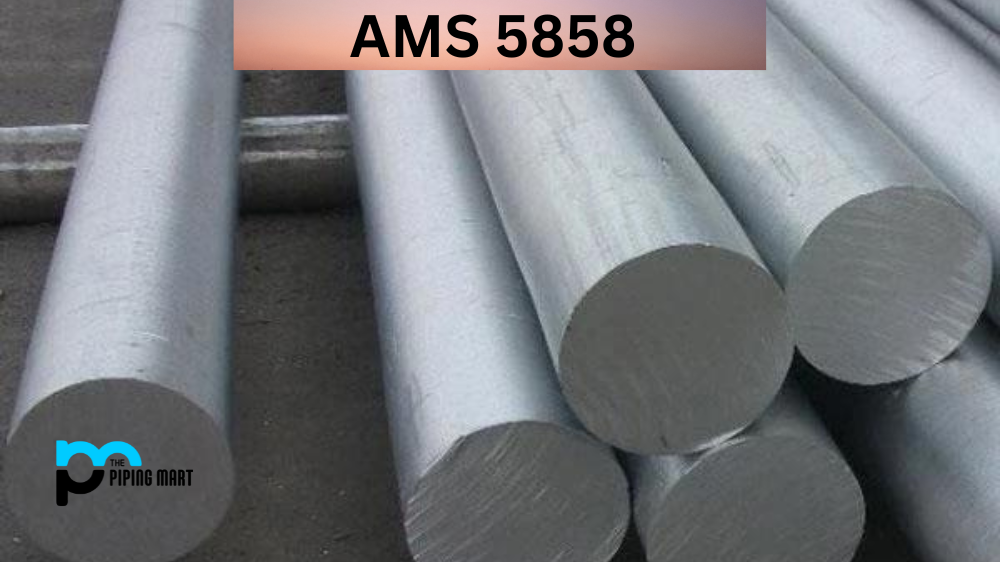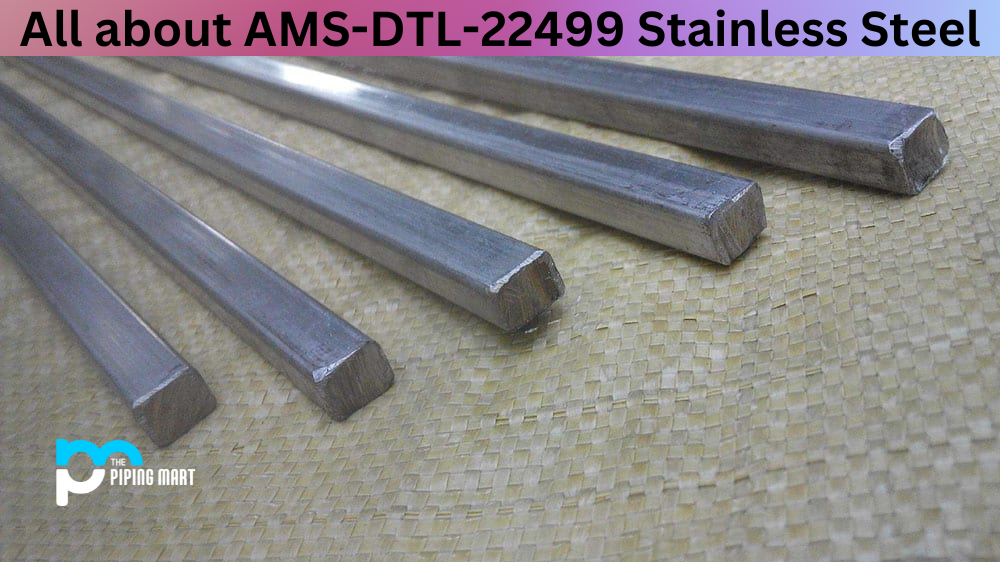SAE/AISI 1050 steel is carbon steel with a carbon content of 0.50 wt%. This means that the steel contains 98.98% iron, 0.50% carbon, and 1.02% manganese. The rest of the composition is made up of trace elements such as phosphorus, sulfur, and silicon. 1050 in the name refers to the fact that this steel has a carbon content of 0.50 wt%. SAE/AISI 1050 Steel, also known as UNS G10500, is a high-carbon steel alloy commonly used in manufacturing. It is composed primarily of iron and carbon, with small amounts of other elements to enhance its properties. AISI 1050 Carbon Steel has excellent tensile strength and hardness, making it popular in applications such as machine parts, gears, and knives. Its composition also allows for easy heat treatment and welding, making it a versatile option for various projects. Overall, AISI 1050 is reliable and durable for those seeking a high-performance material for their next manufacturing endeavour.
What Forms of AISI 1050 is Available at Piping Mart?
- Nut
- Bar
- Bolt
- Pipe
- Screw
- Tubing
- Valves
- Washers
- Flanges
- Fasteners
- Electrodes
- Stud Bolts
- Sheet Plates
- Pipe Fittings
- Forged Fitting
- Instrumentation Fittings
AISI 1050 Composition
| Element | Content (%) |
|---|---|
| Iron, Fe | 99.43-99.75 |
| Manganese, Mn | 0.25-0.40 |
| Carbon, C | 0.080 |
| Sulfur, S | 0.050 |
| Phosphorous, P | 0.040 |
AISI 1050 Physical Properties
| Properties | Metric | Imperial |
|---|---|---|
| Density | 7.872 g/cm3 | 0.2844 lb/in³ |
AISI 1050 Mechanical Properties
| Properties | Metric | Imperial |
|---|---|---|
| Tensile strength | 330 MPa | 47900 psi |
| Yield strength (depending on temper) | 285 MPa | 41300 psi |
| Elastic modulus | 190-210 GPa | 27557-30458 ksi |
| Bulk modulus (typical for steel) | 140 GPa | 20300 ksi |
| Shear modulus (typical for steel) | 80.0 GPa | 11600 ksi |
| Poisson’s ratio | 0.27-0.30 | 0.27-0.30 |
| Elongation at break (in 50 mm) | 20% | 20% |
| Reduction of area | 45% | 45% |
| Hardness, Brinell | 95 | 95 |
| Hardness, Knoop (converted from Brinell hardness) | 113 | 113 |
| Hardness, Rockwell B (converted from Brinell hardness) | 55 | 55 |
| Hardness, Vickers (converted from Brinell hardness) | 98 | 98 |
| Machinability (based on AISI 1212 steel as 100 machinability) The machinability of group I bar, rod, and wire products can be improved by cold drawing) | 50 | 50 |
AISI 1050 Equivalent
- AMS 5041
- ASME 5041
- ASTM A29
- ASTM A510
- ASTM A545
- FED QQ-W-461
- MIL SPEC MIL-S-11310 (CS1006)
- SAE J403
- SAE J412 (1005)
- SAE J414
AISI 1050 Thermal Properties
| Properties | Metric | Imperial |
|---|---|---|
| Thermal expansion co-efficient (@0.000-100°C/32-212°F) | 12.6 µm/m°C | 7 µin/in°F |
AISI 1050 Uses
The main use for SAE/AISI 1050 steel is in the automotive industry. This steel grade is used for parts such as gears, shafts, splines, and crankshafts. This steel can also be used in the agricultural industry for ploughshares and other farm implements. Other uses include hand tools and cutting tools.
AISI 1050 Uses in Industries
Automotive Industry
One of the most common uses for AISI 1050 steel is in the automotive industry. This type of steel is commonly used to make parts such as gears, shafts, and axles due to its high strength and wear resistance. It is also used in engine components and suspension systems.
Construction Industry
AISI 1050 steel is also widely used in the construction industry for various applications. Its high strength and toughness make it suitable for building structures, bridges, and other infrastructure projects. It can also be found in tools and equipment used on construction sites.
Machinery Manufacturing
Many types of machinery, such as agricultural, industrial, and mining, require components made from AISI 1050 steel. Its hardness and durability make it ideal for use in heavy-duty machinery.
Aerospace Industry
The aerospace industry also utilizes AISI 1050 steel for its strength and fatigue resistance properties. It is commonly used to make aircraft landing gear components, engine parts, and structural elements.
Oil and Gas Industry
In the oil and gas industry, AISI 1050 steel is often used to make drill bits, valves, pumps, and other critical components that require high strength and corrosion resistance. It can withstand harsh environments and extreme temperatures commonly found in this industry.
AISI 1050 Corrosion Resistance
This steel grade has excellent corrosion resistance thanks to the high levels of chromium and manganese in the composition. The addition of silicon also helps to increase the corrosion resistance of this steel.
AISI 1050 Heat Resistance
This steel grade has good heat resistance thanks to the high levels of chromium in the composition. The addition of silicon also helps to increase the heat resistance of this steel.
AISI 1050 Heat Treatment
SAE / AISI 1050 can be heat treated using either annealing or normalizing as needed. Annealing should be performed at 1650 F, followed by air cooling. Normalizing should be performed at 1700 F, followed by air cooling.
AISI 1050 Machining
This steel grade can be machined using conventional methods such as turning, drilling, milling, and tapping. However, it is important to use sharp cutting tools when machining this material. It is also important to use coolant when machining this material to prevent overheating.
AISI 1050 Welding
This steel grade can be welded using standard welding methods such as oxy-acetylene welding, MIG welding, TIG welding, and plasma arc welding. It is important that the filler material used for welding has a lower carbon content than the base material to prevent hardening of the weld area. Preheating is not required when welding this material, but it can help to prevent cracking during cooling if used properly. Post-weld heat treatment is not required when welding this material, but it can help improve the strength and hardness of the weld area if used properly.
Conclusion:
SAE / AISI 1050 is a high-carbon steel with a carbon content of 0.50 wt%. This means that the steel contains 98% iron, 0% carbon, 2% manganese, and trace amounts of other elements such as phosphorus and sulfur. The main use of this steel is in the automotive industry, where it is used for parts such as gears, shafts, splines, and crankshafts. This steel can also be used in agriculture for ploughshares and other farm implements. Other uses include hand tools, cutting tools, and machine parts. Thanks to its high levels of chromium and manganese, this steel has excellent corrosion resistance. The addition of silicon also increases the corrosion resistance of this steel. This steel grade also has good heat resistance thanks to the high levels of chromium in its composition. The addition of silicon also increases the heat resistance of this steel grade. SAE/AISI 1050 can be machined using conventional methods, but it is important to use sharp cutting tools and coolant to prevent overheating. This steel grade will also require post-weld heat treatment to improve its strength and hardness.

Abhishek is a seasoned blogger and industry expert, sharing his insights and knowledge on various topics. With his research, Abhishek offers valuable insights and tips for professionals and enthusiasts. Follow him for expert advice on the latest trends and developments in the metal industry.




